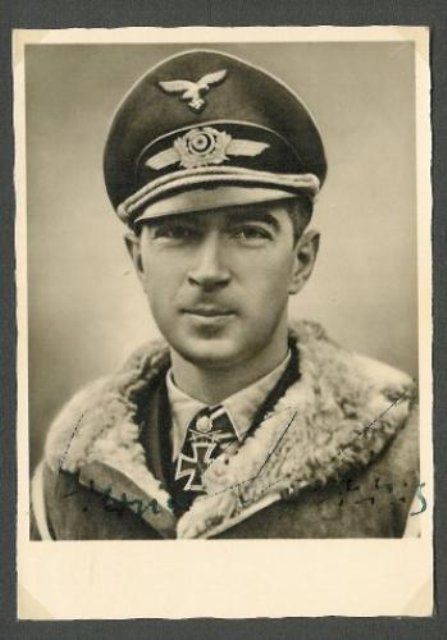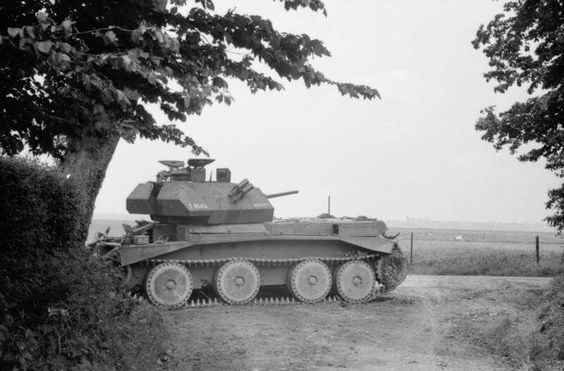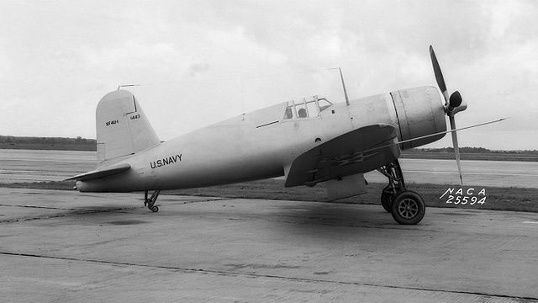Wednesday 29 May 1940
 |
| A formation of German Ju 87 Stuka dive bombers, May 29, 1940. |
There are endless lines of BEF troops on the beaches and hiding in the dunes, but the Wehrmacht is assaulting the British line on the and banging it in. By the end of the day, the British troops are behind the final line of canals. A weak spot is developing at Nieuport, but there are endless amounts of British reinforcements from the hundreds of thousands of men trapped in the pocket. The British have nowhere to retreat to, so it is stand and fight, or die. So far, the line is holding.
The fighting at Lille comes to an end, with the capitulation of the 40,000 French Troops who have been drawing Wehrmacht attention away from the beachhead. General Prioux of French 1st Army is captured at Steenwerck, while General Alphonse Juin is captured and his French 15th Infantry Division eliminated at Lille. General Rommel's 7th Panzer Division is prominent in the final stages, surrounding five French divisions.
Brigadier General Charles de Gaulle attacks the German positions near Abbeville again with the French 4th Armoured Division (4e Division cuirassée). There also are some tanks of the British 1st Armoured Division in support roles. The main German defense is formed by over a dozen 88 mm Flak guns of Flak-Abteilung 64. There also are some 105 mm howitzers. The smaller anti-tank weapons, which have been found to be useless against the French tanks, are withdrawn to other purposes.
Seeking the high ground, the French tanks attack Mont de Caubert with initial success. They get to a plateau near the summit before running into serious opposition. There, the French Char B1s suddenly find themselves facing the German artillery near the summit at point-blank range and withdraw with casualties. Another group of French R35 tanks had more success on a different route and caused unreliable Wehrmacht troops of the 57th Infantry Division (Lieutenant-General Oskar Blümm) to flee across the Somme in a panic. Seeing this, General de Gaulle believes that the battle is won and orders a general advance, but the German artillery on Mont de Caubert is still intact and firing down on the French.
Faced with a potential disaster, Generalleutnant Erich von Manstein, the XXXVIII Corps commander in Abbeville, rallies his troops, who soon return to their positions. He uses his artillery to pick off more Char B1 tanks, which are the heart of the French attack. The French tanks are capable but vulnerable to the German artillery fired at close range. German infantry then counterattacks around Cambron, pushing back the 51st (Highland) Division. The day ends with the French giving the Germans a severe fright, but the positions of the two sides barely changed.
 |
| Werner Mölders is awarded the Knight's Cross on 29 May 1940 as Hauptmann & Gruppenkommandeur of III./Jagdgeschwader 53. |
A number of appeals for recruits have been issued today. The Admiralty want men experienced in marine internal combustion engines for service as engine-men in yachts or motorboats. Others who have had charge of motorboats and have good knowledge of coastal navigation are needed as uncertified second hands. Application should be made to the nearest registrar, Royal Naval Reserve, or to the Fishery Officer.No explanation as to why these men are suddenly needed is given, perhaps not to give the Germans a propaganda coup.
Operation Dynamo ramps up, with 47,310 men taken off (33,558 from the port, 13,752 from the beaches) under fierce Luftwaffe, E-boat and artillery attack. The British lose three destroyers and have another 9 damaged (Royal Navy destroyers Gallant, Jaguar, Greyhound, Intrepid, Saladin, Mackay, Montrose and Wolfhound, and French destroyer Mistral).
The Miracle of Dunkirk continues, with numerous small private craft taking men off the beaches. About 15 of these smaller vessels go under due to Luftwaffe and shore attacks. The French begin to participate in the evacuation and send their own vessels to take men off. Everybody understands that it easily could turn into a one-way trip.
The Luftwaffe clearly is over-matched. They face the determined RAF air cover from unmolested bases in England, anti-aircraft fire from the besieged troops, and Royal Navy ships putting up additional anti-aircraft fire. Still, many planes get through despite the intense crossfire.
The BEF troops wait patiently in the surf. Discipline remains strong, with lines of men stretching out into the deep water waiting for expected ships. The tide, of course, rolls in and out, the waves crash about, and the men are attired in heavy uniforms. They stand still, waiting, risking drowning (some indeed drown), knowing that if they break ranks and return to the beach, they will lose their spot and perhaps not get back to England at all.
 |
| A13 Cruiser Mk IV tank on guard at Huppy, France (just south of Abbeville), 26-29 May 1940. |
U-37 then spots 7,406-ton British tanker Telena, which is carrying petrol to Pauillac, France. This time, Oehrn uses his gun to sink the ship. There are 18 survivors and 18 crew perish.
U-62 (Kapitänleutnant Hans-Bernhard Michalowski) torpedoes and badly damages destroyer HMS Grafton (H 89) just off of Dunkirk. Four men perish. The men are rescued by destroyer HMS Ivanhoe, which finishes off the sinking Grafton with gunfire.
German E-Boat S-30 torpedoes and sinks destroyer HMS Wakeful (H 88) just off of Dunkirk. The Wakeful is full of BEF troops, and 640 of them perish along with 97 crew, with only 25 crew and one of the BEF men rescued.
The Luftwaffe sinks British destroyer HMS Grenade just off Dunkirk during the evacuation. It is hit by three bombs, one going down the stack, and 18 are killed.
The scene off of Dunkirk is controlled chaos. HMS Lydd mistakes HMS Comfort for a German ship and rams it, with four killed. Destroyers HMS Mackay and Montrose collide, damaging both. HMS Jaguar is bombed with 13 killed; minesweeper HMS Waverley is carrying BEF men back to England when it is bombed, with about 350 men killed. Boats approaching Dunkirk report seeing half-sunk ships everywhere.
The British commission destroyer HMS HMS Fernie (L 11) (Lt. Commander Ronald M. P. Jonas).
European Air Operations: The cynosure of everyone's eyes is the Dunkirk defense and evacuation. The Luftwaffe is able to move more aircraft close to the battlefield, increasing the number of sorties. RAF Bomber Command maintains constant pressure on the encroaching panzers, with 51 sorties during the day and 15 at night.
However, with the RAF giving iron priority to the beachhead, the rest of France is wide open to the Luftwaffe. It establishes aerial dominance, and on a beautiful, cloudless day it shoots "anything that moves."
Hauptmann Werner Mölders, Gruppenkommandeur of III./Jagdgeschwader 53, is mentioned in the Wehrmachtbericht (the Wehrmacht's daily despatches, a huge honor for any serviceman) for achieving his 20th aerial victory. He is awarded the Knight's Cross.
Norway: The British begin evacuating Bodø during the night, sailing to Scapa Flow. To avoid attracting attention, the departure is done without explosive detonations. The weather keeps the Luftwaffe away, and the 2d Mountain Division is having to take the long road around the fjord and remains far to the south.
The Luftwaffe is active over Narvik, tangling with the Hawker Hurricanes based at Bardufoss. The Hurricanes have the upper hand, downing three of the German planes.
General Dietl has been evicted from Narvik, but his force remains intact and morale is high. During the day, the Luftwaffe drops another 125 paratroopers to help him. He is on the rail line to Sweden, watching and waiting for any pursuers.
Holland: Artur Seyss-Inquart takes over his position as Reichskommissar of Holland in The Hague, stating:
"We Germans have not come to subjugate this country and its people, nor do we seek to impose our political system on them."King Leopold, refusing to leave the country, is arrested by the Wehrmacht and placed under house arrest in one of his castles.
Italy: Mussolini is in a strange mood, wishing to go to war and not really caring about the details. Foreign Minister Count Ciano - who maintains a meticulous diary - notes that Mussolini is ready to jump on board with whichever side appears to be winning. "His blood is up," as the expression goes.
Sweden: The Swedish Government implements its own civil defense force aka Home Guard.
US Navy: The prototype Vought F4U Corsair (XF4U-1) makes its first flight at the hands of Lyman A. Bullard, Jr. The plane has some difficulty with its elevator trim tabs but lands safely. The plane has been in development since June 1938, when the U.S. Navy signed a contract with Vought for the prototype.
British Government: The debate in the cabinet continues, with Foreign Secretary Lord Halifax urging negotiation and Prime Minister Churchill wishing to fight on. Churchill gives a rousing speech to the cabinet in the evening which stops talk of "surrender."
Sir Samuel, 1st Viscount Templewood, flies to take up his position as Ambassador to Spain.
 |
| The prototype of the Vought F4U Corsair takes to the skies. |
May 1940
May 1, 1940: British Leave ÅndalsnesMay 2, 1940: British Depart Namsos
May 3, 1940: Many Norwegians Surrendering
May 4, 1940: Bader Returns
May 5, 1940: HMS Seal Survives
May 6, 1940: Allies Focus on Narvik
May 7, 1940: In The Name of God, Go!
May 8, 1940: Exit Chamberlain
May 9, 1940: Enter Churchill
May 10, 1940: Fall Gelb
May 11, 1940: Eben Emael Surrenders
May 12, 1940: Germans at Sedan
May 13, 1940: Rommel at Work
May 14, 1940: German Breakout in France
May 15, 1940: Holland Surrenders
May 16, 1940: Dash to the Channel
May 17, 1940: Germans Take Brussels
May 18, 1940: Germans Take Antwerp
May 19, 1940: Failed French Counterattack
May 20, 1940: Panzers on the Coast
May 21, 1940: Battle of Arras
May 22, 1940: Attacking Channel Ports
May 23, 1940: British Evacuate Boulogne
May 24, 1940: Hitler's Stop Order
May 25, 1940: Belgian Defenses Creaking
May 26, 1940: Operation Dynamo
May 27, 1940: King Leopold Surrenders
May 28, 1940: The Allies Take Narvik
May 29, 1940: Lille Falls
May 30, 1940: Operation Fish
May 31, 1940: Peak Day for Dynamo
2020
No comments:
Post a Comment